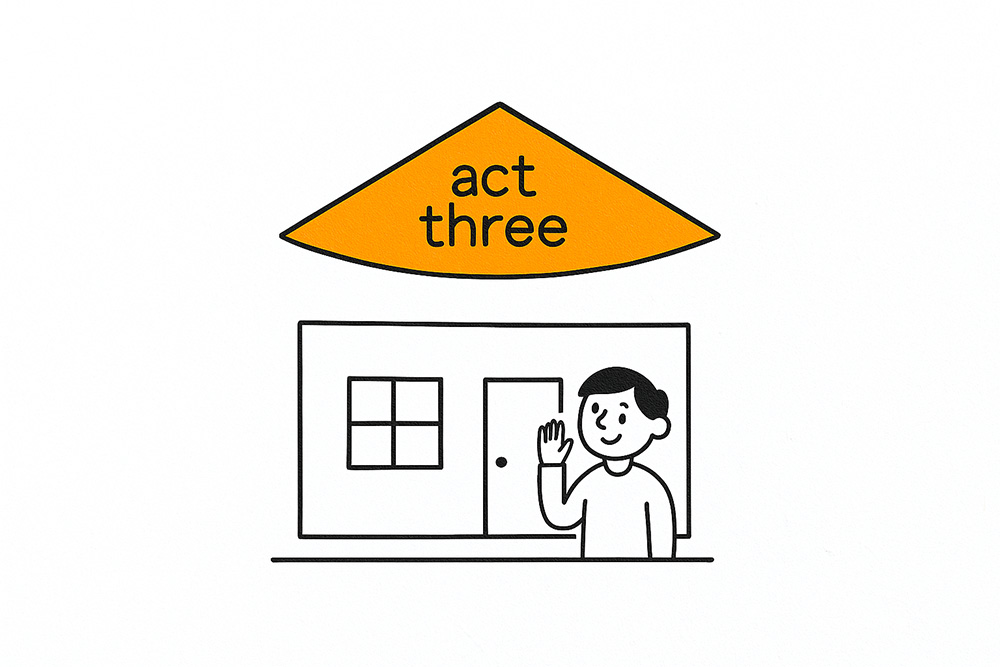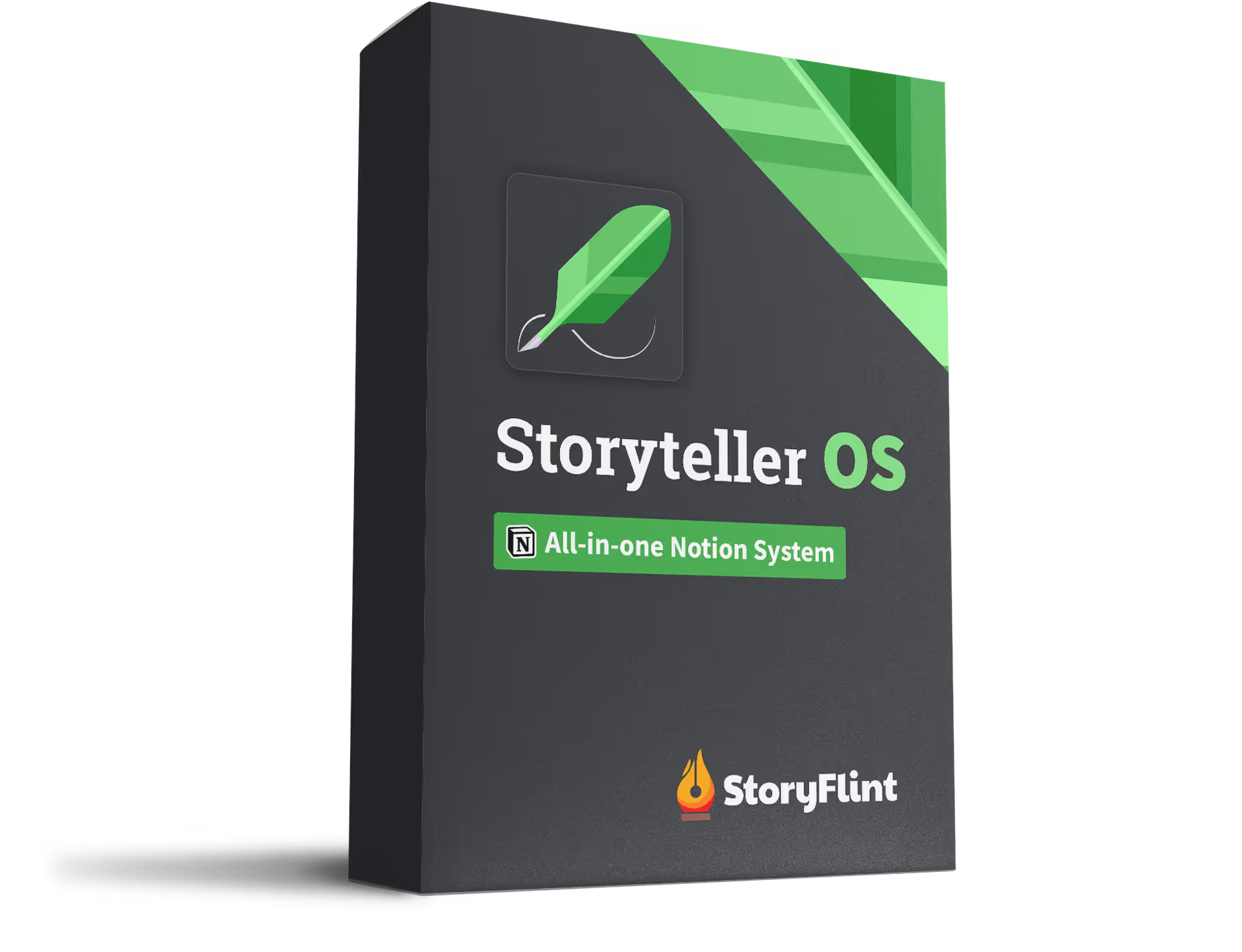Creating a compelling narrative goes beyond just having a great idea; it also involves how you organize that idea. For writers and storytellers, grasping story structure is essential for crafting engaging stories.
Whether you're writing a novel, screenplay, or short story, using a structured approach can help your story connect with your audience.
The Importance of Story Structure
When it comes to storytelling, think of structure as your trusty ally. It’s the backbone of your narrative, helping your story flow logically while captivating your audience. A well-structured tale answers important questions, guides your characters through meaningful journeys, and leaves readers satisfied yet hungry for more.
Understanding story structure is an essential skill for any writer or storyteller who wants to create compelling narratives that connect with the audience.
Essential Elements Every Story Should Have
Whether you're telling an epic fantasy or a subtle romance, certain elements are indispensable:
- Exposition: Introduces the protagonist's world and sets up the inciting incident.
- Rising Action: Presents challenges that propel the protagonist toward their goals.
- Climax: The peak of tension where the main conflict reaches its most critical point.
- Falling Action: Deals with the aftermath of the climax and begins to tie up loose ends.
- Resolution: Offers a conclusion that resolves the story's primary conflicts and character arcs.
These elements create a satisfying rhythm that keeps readers engaged from start to finish.
Types of Story Structures
Here are seven popular story structures that can help you map out your narrative effectively:
Freytag's Pyramid

Freytag's Pyramid is a classic structure includes a five-point dramatic arc: exposition, rising action, climax, falling action, and resolution. Its strength is in creating a clear and organized flow of tension and resolution, leading to a satisfying narrative. It captures the audience's attention by building emotional intensity and providing a conclusive ending.
Freytag's Pyramid works well for tragedies and dramas that feature strong emotional peaks and a clear plot progression.
The Hero's Journey
The Hero's Journey is a cyclical adventure structure involves the hero leaving home, facing challenges, and returning changed. This format highlights personal growth and transformation, making the journey relatable and inspiring. Audiences connect with the hero's struggles and final change.
It's particularly well-suited for epic adventures and fantasy stories that focus on self-discovery and heroism.
Three Act Structure
The Three Act Strucutre framework divides the story into setup, confrontation, and resolution, offering a clear guide for pacing. It ensures a balanced narrative with defined progression, maintaining steady engagement from beginning to end.
The Three Act Structure suits a wide range of genres, including action, comedy, and romance, providing a versatile storytelling tool.
Dan Harmon's Story Circle
Well-known story writer, Dan Harmon, developed his own story circle focusing on character transformation, this structure revolves around a circle of familiar and unfamiliar challenges. It highlights character growth, making it deeply personal and engaging.
The audience remains invested in the protagonist's evolution, making it perfect for character-driven stories centered on personal growth and overcoming obstacles.
Fichtean Curve
The Fichtean Curve is characterized by a series of crises leading to a climax, this structure is ideal for stories with multiple subplots. It builds continuous tension and complexity, engaging the audience with escalating stakes and suspense.
The Fichtean Curve is excellent for thrillers and suspenseful narratives with interconnected plotlines.
Save the Cat Beat Sheet
The Save the Cat Beat Sheet is a detailed step-by-step guide for screenwriters, this structure highlights essential beats for a gripping narrative. Its advantage is in ensuring every moment is impactful, providing a structured yet dynamic arc.
It keeps the audience hooked with tightly paced plots, making it suitable for high-energy action films and engaging comedies.
Seven-Point Story Structure
The Seven-Point Story framework maps out the narrative through key plot points to ensure a cohesive story arc. It provides a strategic framework for plot development, maintaining tension and engagement throughout.
The Seven-Point Story Structure is perfect for mystery and fantasy genres that require a clear and compelling progression.
Mistakes to Avoid with Story Structure
When crafting a story, it's essential to be mindful of several pitfalls that can disrupt the flow and impact of your narrative. Let's delve deeper into these common mistakes and explore how to avoid them:
Skipping Key Elements
Leaving out important parts like the climax or resolution can leave your audience feeling unsatisfied and the story incomplete. The climax is the peak of your story’s tension, where all major conflicts come together and push the main character to their limits. Without it, your story might seem like it lacks a vital element. The resolution is equally important, as it provides closure and ties up loose ends, giving your audience a sense of completion.
Overcomplicating Plotlines
A layered story can be interesting, but overly complex plotlines can confuse readers and weaken the main narrative. Aim for a clear and concise storyline, making sure that any subplots you add enhance the main plot instead of distracting from it. This approach will help keep your audience engaged and make it easier for them to follow the story.
Ignoring Character Development
Characters are the heart of your story. They should evolve just like the plot does, responding to the events around them. A strong character arc shows that your characters grow, learn, and change, making them relatable and engaging. This growth should feel natural and integral to the story, adding depth and richness.
Using Structure as a Crutch
Having a solid story structure is useful, but relying too much on it can make your narrative predictable and formulaic. Use structure as a guide, but feel free to adjust it to meet the needs of your story. Introduce unexpected twists to keep your audience engaged, and let your creativity shape the narrative. This flexibility will help your story stand out and resonate more with readers.
Conclusion
A solid story structure is essential for any successful narrative. It serves as a roadmap, guiding both you as the writer and your readers through a rewarding literary journey.
Have you explored the different elements and types of story structures? By understanding and applying them, you can craft narratives that not only captivate but also inspire your audience.




